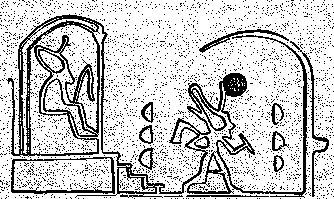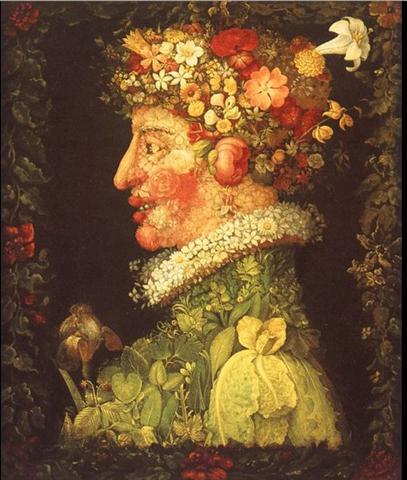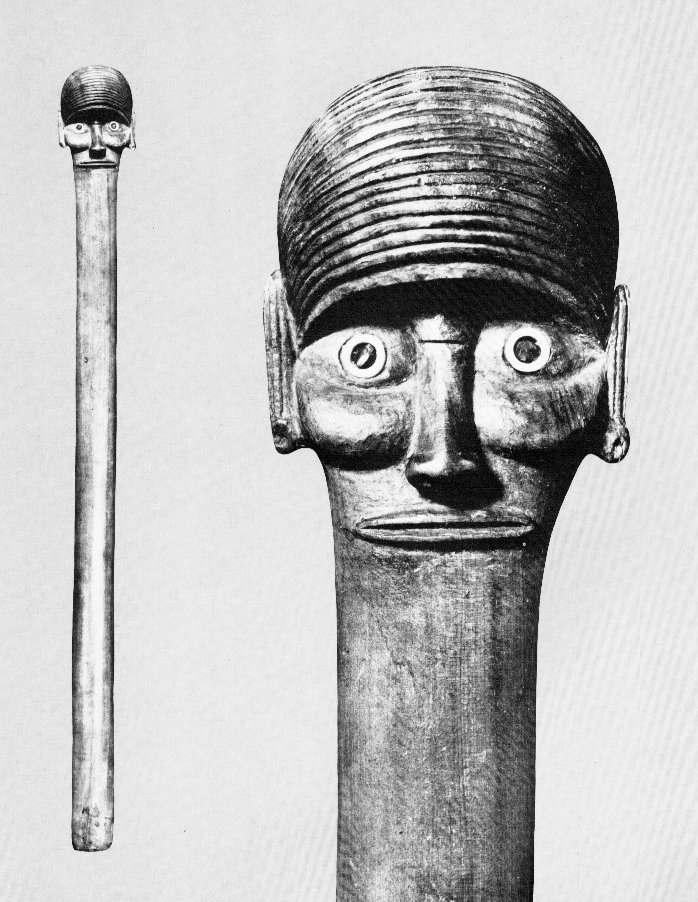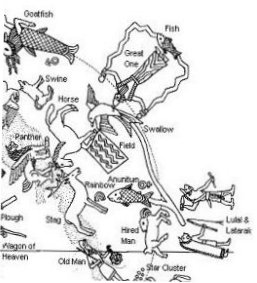We should look ahead in the C text, beyond te taketake and towards Gemini:
The distance from te ua in Cb2-4 to te ua mata (Cb4-6) was 77 - 28 = 49 (= 7 * 7) days (= 11 * 7 - 4 * 7):
From APRIL 25 (400) to heliacal Sirius (always rising with the Sun in the last day of the 3rd month of summer) there were 181 - 115 (= 400 - 285) = 66 days (= 46 + 20). The very great haka-ua at June 30 was probably intended to represent Sirius. When in ancient Egypt the Nile was rising due to the effects of Sirius (16° 39′ S), the origin was certainly much rain up in the south. Therefore Sirius caused rain - hakaua.
... In ancient Egypt they thought Sirius was behind the yearly rise of the Nile ... the seasonal cycle, throughout the ancient world, was the foremost sign of rebirth following death, and in Egypt the chronometer of this cycle was the annual flooding of the Nile. Numerous festival edifices were constructed, incensed, and consecrated; a throne hall wherein the king should sit while approached in obeisance by the gods and their priesthoods (who in a crueler time would have been the registrars of his death); a large court for the presentation of mimes, processions, and other such visual events; and finally a palace-chapel into which the god-king would retire for his changes of costume ...  ... Pliny wants to assure us that 'the whole sea is conscious of the rise of that star, as is most clearly seen in the Dardanelles, for sea-weed and fishes float on the surface, and everything is turned up from the bottom'. He also remarks that at the rising of the Dog-Star the wine in the cellars begins to stir up and that the still waters move ... the modern Homo occidentalis is bound to shrink back from the mere idea that the Nile represented a circle, where 'source' and 'mouth' meet, so that there is nothing preposterous in the notion that a Canopic mouth can be found in the geographical North ... Number 4 was clearly a sign of the season of temporary death necessary before rebirth. ... Interestingly, since another meaning of shi is 'death', the number 4 is considered unlucky. (For example, the floor numbering in hotels sometimes jumps mysteriously from 3 to 5; it's also considered unlucky to give four of something as a present.) ...
Therefore day 40 (February 9) marked this stage number 4 (because zeroes could not be counted, they added nothing). Likewise was April 25 (400) such a date: ... On February 9 the Chorti Ah K'in, 'diviners', begin the agricultural year. Both the 260-day cycle and the solar year are used in setting dates for religious and agricultural ceremonies, especially when those rituals fall at the same time in both calendars. The ceremony begins when the diviners go to a sacred spring where they choose five stones with the proper shape and color. These stones will mark the five positions of the sacred cosmogram created by the ritual. When the stones are brought back to the ceremonial house, two diviners start the ritual by placing the stones on a table in a careful pattern that reproduces the schematic of the universe. At the same time, helpers under the table replace last year's diagram with the new one. They believe that by placing the cosmic diagram under the base of God at the center of the world they demonstrate that God dominates the universe. The priests place the stones in a very particular order. First the stone that corresponds to the sun in the eastern, sunrise position of summer solstice is set down; then the stone corresponding to the western, sunset position of the same solstice. This is followed by stones representing the western, sunset position of the winter solstice, then its eastern, sunrise position. Together these four stones form a square. They sit at the four corners of the square just as we saw in the Creation story from the Classic period and in the Popol Vuh. Finally, the center stone is placed to form the ancient five-point sign modern researchers called the quincunx ...
Later on in this series of rituals, the Chorti go through a ceremony they call raising the sky. This ritual takes place at midnight on the twenty-fifth of April and continues each night until the rains arrive. In this ceremony two diviners and their wives sit on benches so that they occupy the corner positions of the cosmic square. They take their seats in the same order as the stones were placed, with the men on the eastern side and the women on the west. The ritual actions of sitting down and lifting upward are done with great precision and care, because they are directly related to the actions done by the gods at Creation. The people represent the gods of the four corners and the clouds that cover the earth. As they rise from their seats, they metaphorically lift the sky. If their lifting motion is uneven, the rains will be irregular and harmful ... (David Freidel, Linda Schele, Joy Parker, Maya Cosmos. Three Thousand Years on the Shaman's Path.) When striving to create a preliminary glyph type dictionary I hesitated for a long time before deciding which variant to use as a prototype for ua:
But we can now see that the variant which is closed towards the right (as in Cb2-4) probably marked the dark regenerative ua season, the benevolent time when the rains joined Sky and Earth. Later would come the resulting rainbow and then the sign should be the open in front variant of ua - the mirror image of the closed ua. ... In South America the rainbow has a double meaning. On the one hand, as elsewhere, it announces the end of rain; on the other hand, it is considered to be responsible for diseases and various natural disasters [dis-aster]. In its first capacity the rainbow effects a disjunction between the sky and the earth which previously were joined through the medium of rain. In the second capacity it replaces the normal beneficient conjunction by an abnormal, maleficient one - the one it brings about itself between sky and earth by taking the place of water ...
|

























